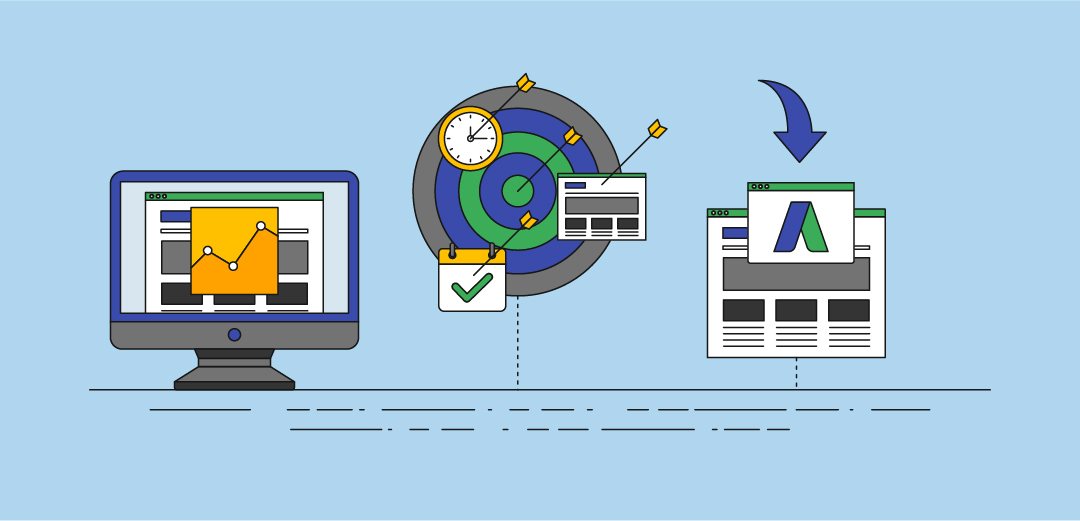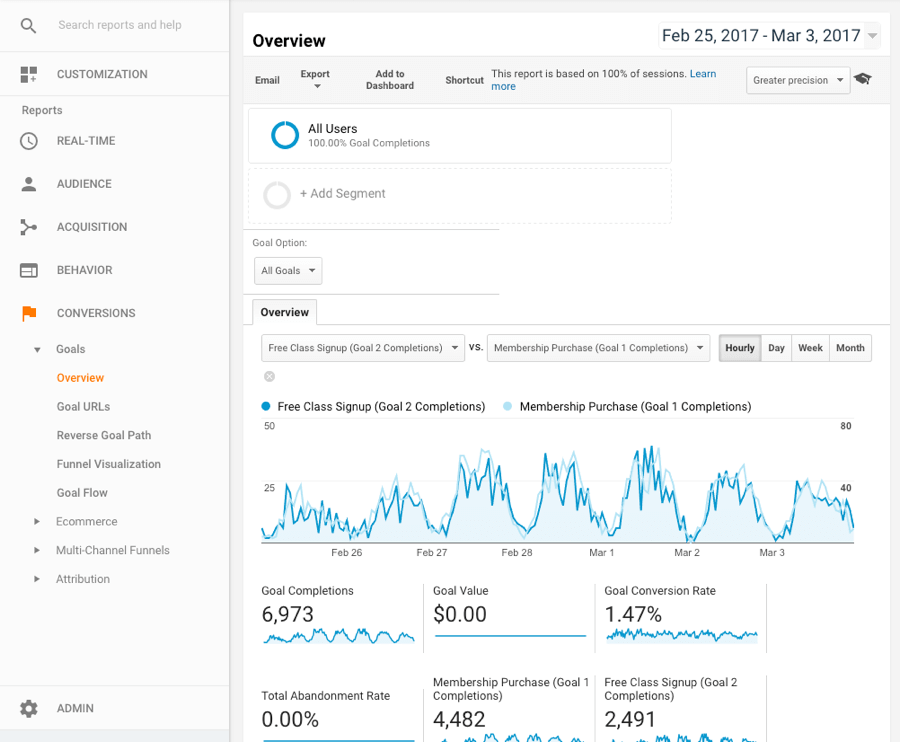What Data Is Google Analytics Goals Unable to Track: Learn the Limitations
What Data Is Google Analytics Goals Unable to Track: Learn the Limitations
Blog Article
Unveiling the Blind Spots: Comprehending What Google Analytics Goals Can not Measure
In the world of digital analytics, Google Analytics stands as a powerful device for tracking and analyzing online user interactions. Nonetheless, in the middle of its robust capacities, there exist blind places that commonly evade dimension. Understanding what Google Analytics objectives can not measure is essential for acquiring a comprehensive view of customer habits and involvement. As we explore the complexities of these dead spots, we discover a complex web of undiscovered areas that hold useful insights right into individual activities and inspirations, tough standard wisdom and clarifying the limitations of our data-driven understanding.
Individual Actions on External Operatings Systems
Recognizing exactly how users interact on exterior platforms is important for optimizing on-line approaches. Outside platforms, such as social media sites networks, reference web sites, and on-line discussion forums, play a significant duty in driving traffic to a business's web site. By examining individual actions on these systems, organizations can gain important understandings into the performance of their marketing initiatives and the choices of their target market.
One secret facet of user habits on exterior systems is the referral source. By tracking where the customers are originating from, organizations can determine which platforms are driving one of the most traffic to their internet site. This info can assist firms designate their sources much more efficiently, focusing on the platforms that produce the finest outcomes.

Offline Conversions and Interactions
Assessing user habits on outside platforms supplies useful understandings into on-line approaches; however, taking into consideration offline conversions and interactions is equally critical for a comprehensive understanding of a firm's general efficiency. Offline conversions, such as in-store purchases or phone inquiries, play a significant duty in lots of organizations' success.

Acknowledgment Beyond Last Click
When delving into the realm of electronic advertising and marketing analytics, it comes to be vital to look beyond the single touchpoint of the last click for a much more thorough understanding of acknowledgment. While Google Analytics offers useful insights right into customer behavior, relying solely on last-click attribution can be restricting - what data is google analytics goals unable to track. Attribution designs that go beyond the last click provide a much more nuanced sight of the consumer trip, look what i found thinking about all the touchpoints that result in a conversion
Attribution beyond the last click permits online marketers to designate credit to various communications along the conversion course, giving a more clear photo of the efficiency of various advertising networks. By checking out multi-touch acknowledgment versions such as straight, time degeneration, or position-based acknowledgment, services can better assign their marketing budgets and enhance their methods for maximum effect.
Comprehending the impact of each touchpoint in the conversion process is critical for making informed decisions and making best use of ROI. By accepting acknowledgment past the last click, businesses can obtain deeper insights into customer actions and tailor their advertising and marketing efforts a lot more successfully.
Cross-Device and Cross-Browser Monitoring

Likewise, cross-browser monitoring matches cross-device tracking by catching individual actions as they change between different web browsers. Comprehending how individuals connect with internet sites on different browsers can aid marketing professionals maximize their on-line experiences to guarantee uniformity and functionality throughout various platforms.
Qualitative Data and Individual Intent
Comprehending individual intent through qualitative data evaluation is critical for creating targeted digital marketing approaches that reverberate with the needs and choices of the target audience. Qualitative information provides understandings into the 'why' behind individual activities, clarifying inspirations, emotions, and preferences that quantitative data alone can not catch. By analyzing individual responses, remarks, and interactions, online marketers can discover important information about user intent, permitting them to tailor their messaging, web content, and offerings to better line up with what their target market is looking for.
Qualitative data likewise helps in understanding the context in which individuals involve with a website or app. This contextual understanding makes it possible for marketing professionals to develop even more pertinent and customized experiences, eventually driving greater engagement imp source and conversion rates. By delving right into individual intent with qualitative data analysis, businesses can gain a deeper understanding of their target market, leading to a lot more effective advertising and marketing methods that satisfy customers' assumptions and requirements.
Conclusion
In verdict, Google Analytics goals have limitations in gauging customer actions on external systems, offline conversions, acknowledgment beyond last click, cross-browser and cross-device monitoring, and qualitative data associated with customer intent. what data is google analytics goals unable to track. It is crucial for organizations to be mindful of these unseen areas in order to supplement their data analysis with various other tools and approaches to gain a more extensive understanding of their audience and boost their overall electronic advertising techniques
By analyzing user behavior you could look here on these systems, businesses can acquire important understandings into the performance of their marketing initiatives and the preferences of their target audience.
Evaluating customer actions on exterior platforms gives important understandings into online approaches; nevertheless, taking into consideration offline conversions and interactions is just as vital for a detailed understanding of a company's total efficiency.In digital advertising analytics, relocating past last-click attribution to explore cross-device and cross-browser tracking is vital for gaining a holistic understanding of user interactions throughout various platforms and tools. By evaluating individual feedback, remarks, and interactions, marketers can reveal valuable information concerning individual intent, enabling them to customize their messaging, web content, and offerings to better align with what their target market is seeking.
By diving into customer intent with qualitative data analysis, companies can get a deeper understanding of their target audience, leading to a lot more effective advertising techniques that satisfy individuals' needs and assumptions.
Report this page